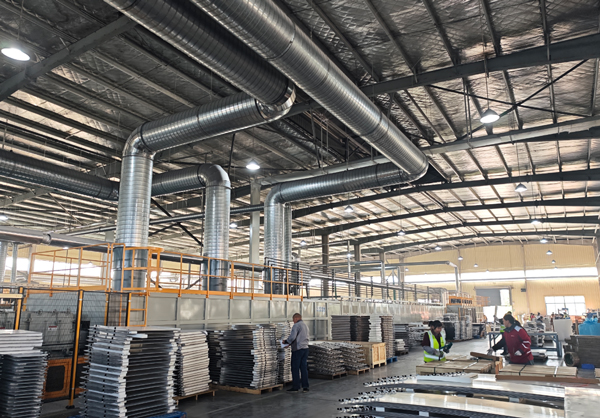1. The Growing Importance of Battery Cooling
With the rapid development of electric vehicles (EVs) and stationary energy storage systems (ESS), lithium-ion batteries have become indispensable in modern energy applications. However, during charging and discharging, these batteries generate significant heat that threatens their efficiency, service life, and safety. To counter these challenges, battery cooling systems play a crucial role in maintaining optimal operating conditions.
2. Maintaining the Optimal Temperature Range
Battery cooling systems are designed to keep cells within an ideal temperature range—typically between 20°C and 40°C. When the temperature falls below 0°C, charging speed can drop by up to 50%. Conversely, when it exceeds 45°C, the risk of thermal runaway increases dramatically, potentially leading to fires or explosions. Effective cooling is therefore essential for stable performance and operational safety.
3. Major Cooling Technologies
Currently, three main technologies dominate battery thermal management:
Air Cooling: The simplest and most economical solution, air cooling uses fans to circulate ambient air. However, it performs poorly under extreme temperatures and is less suitable for high-power systems.
Liquid Cooling: This method circulates coolant through channels or tubes around battery modules, ensuring efficient and uniform heat dissipation. Its superior performance makes it the preferred choice for high-performance EVs and large-scale energy storage systems.
Phase Change Materials (PCMs): As an emerging passive cooling technology, PCMs absorb and store heat by changing phase (e.g., from solid to liquid). This approach reduces energy consumption and enables a more stable temperature profile during operation.
4. Performance, Safety, and Lifespan Benefits
A well-engineered cooling system can extend battery lifespan by 30–50% by reducing thermal stress and preventing material degradation. Furthermore, it significantly improves safety by lowering the risk of thermal runaway, ensuring that batteries operate reliably under varying environmental conditions.
5. Challenges and Future Trends
Despite significant progress, several challenges persist. Compact EV designs limit available space for thermal management components, requiring innovative structural and material solutions. Balancing cooling efficiency with energy consumption also remains a critical factor in maximizing vehicle range and energy system efficiency.
Looking ahead, future developments are expected to emphasize intelligent cooling systems capable of real-time thermal adjustment and advanced materials with enhanced heat dissipation properties.
6. Conclusion
Battery cooling systems are far more than auxiliary components—they are key enablers of safe, efficient, and sustainable energy storage. By optimizing thermal management, these systems help unlock the full potential of modern battery technologies, supporting the global transition toward clean and reliable energy solutions.

